
Hindu Goddess Kali History, Mythology & Symbol Lesson
Brahmani (Sanskrit: ब्रह्माणी, IAST: Brahmāṇī) or Brahmi (Sanskrit: ब्राह्मी, IAST: Brāhmī), is one of the seven Hindu mother goddesses known as Sapta Matrikas. She is a form of Saraswati and is considered as the Shakti of the creator god Brahma in Hinduism.She is an aspect of Adi Shakti, possessing the "Rajas Guna" and is therefore the source of Brahma.
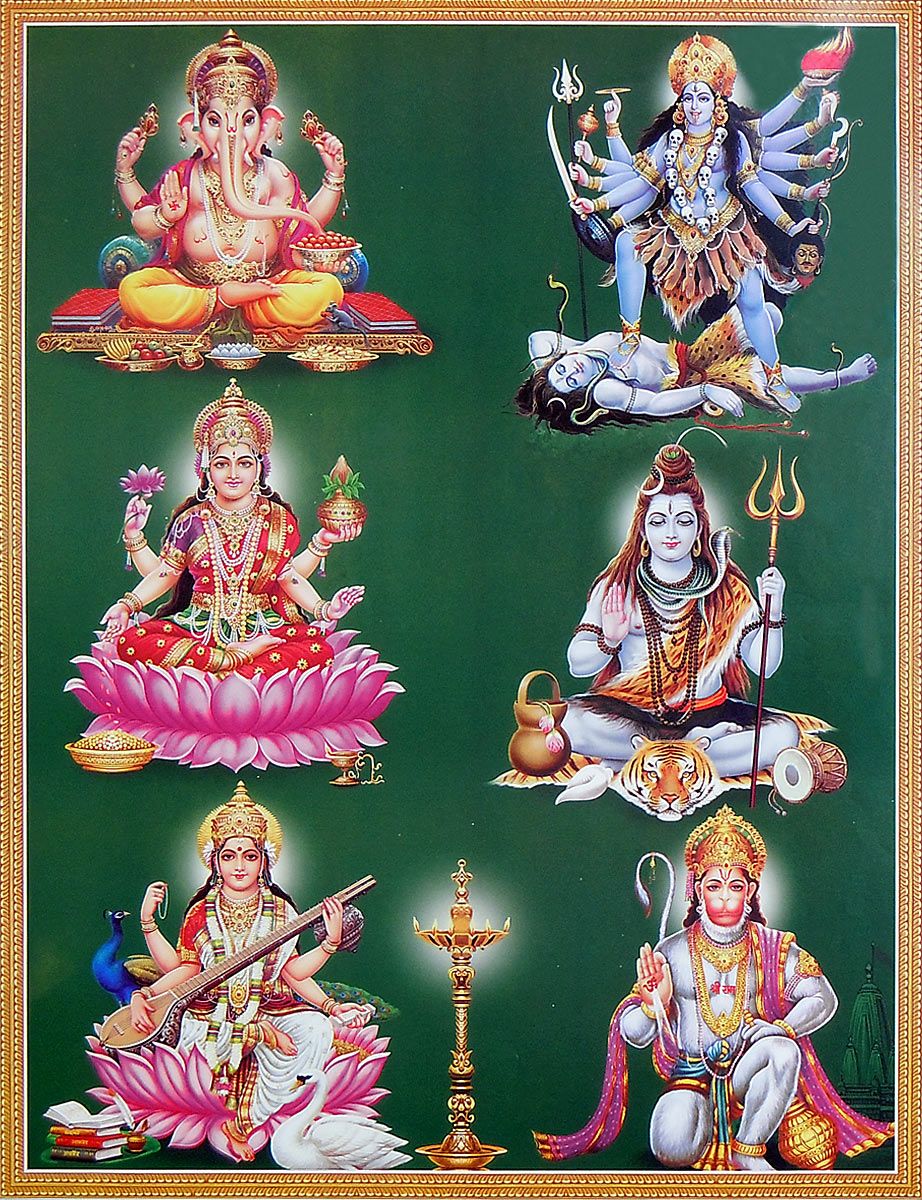
Hindu Gods and Goddesses Buy Online
Emperors during the Gupta empire used Hinduism as a unifying religion and focused on Hinduism as a means for personal salvation. Followers of Hinduism may worship multiple different gods, although it's not a polytheistic religion because all these gods are believed to be manifestations of the one Brahman. Agni, Indra, Shiva, Vishnu, and Ganesha.
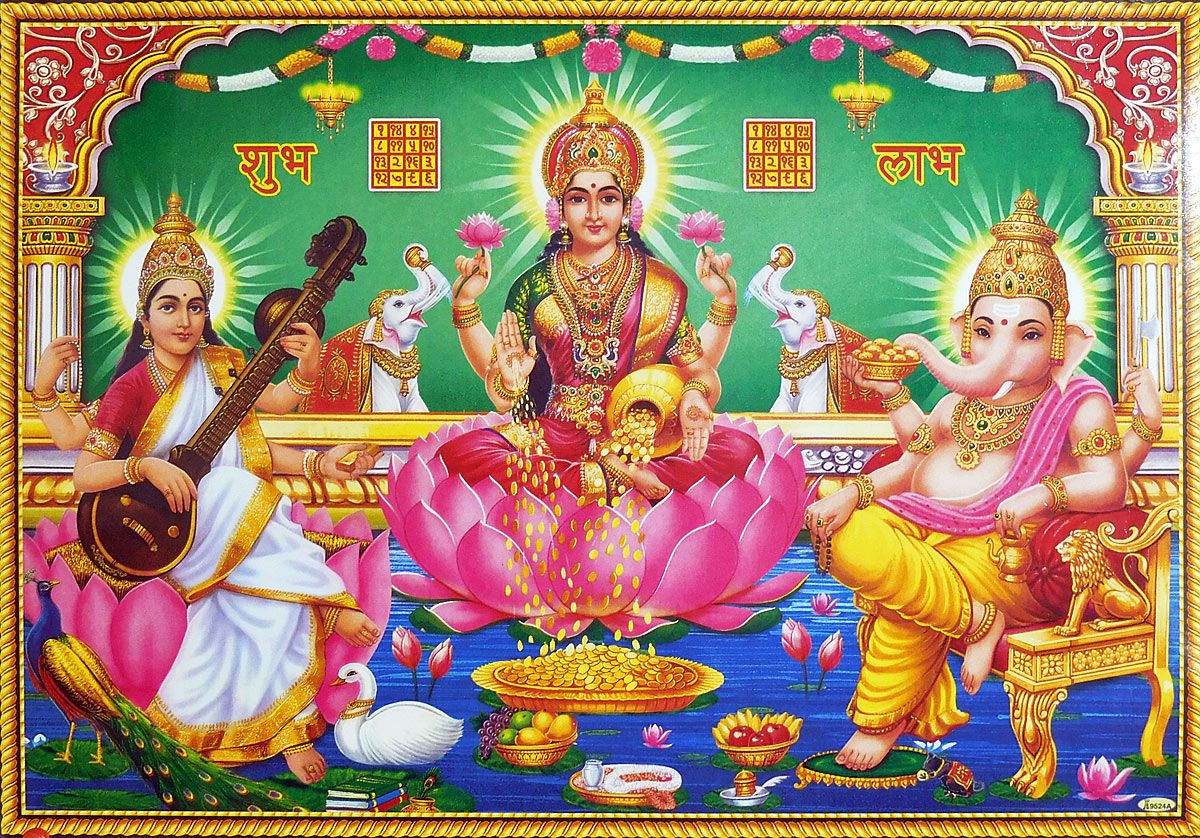
Buy Hindu Deities
In Hinduism, deities and their icons may be hosted in a Hindu temple, within a home, or as an amulet. The worship performed by Hindus is known by several regional names, such as Puja . [129] This practice in front of a murti may be elaborate in large temples, or be a simple song or mantra muttered in home, or offering made to sunrise or river or symbolic an icon of a deity.

Hindu Mythology A Captivating Guide to Hindu Myths, Hindu Gods, and
mandala, in Hindu and Buddhist Tantrism, a symbolic diagram used in the performance of sacred rites and as an instrument of meditation. The mandala is basically a representation of the universe, a consecrated area that serves as a receptacle for the gods and as a collection point of universal forces. Man (the microcosm), by mentally "entering.
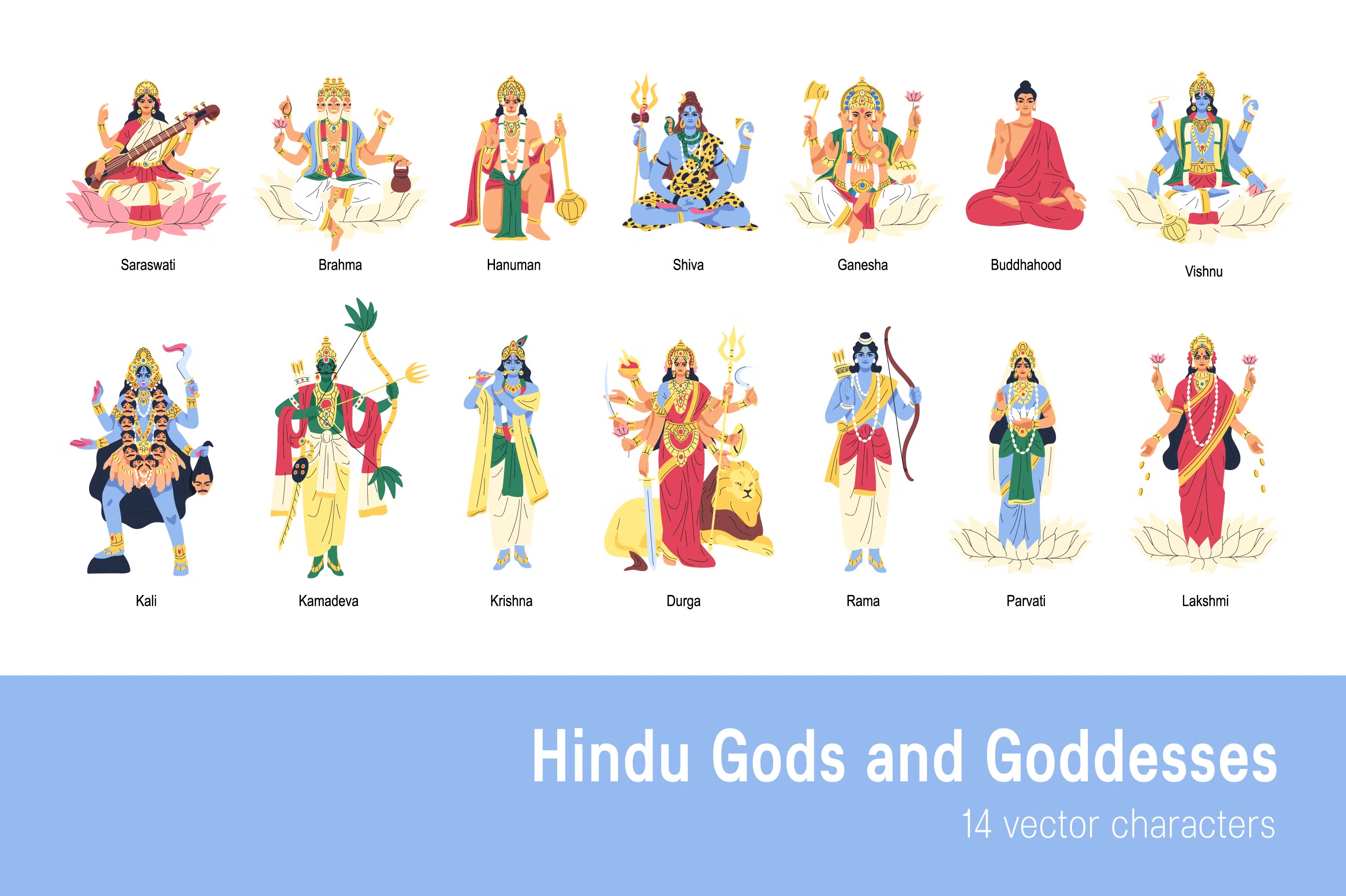
Hindu gods and goddesses set People Illustrations Creative Market
Rama, one of the most widely worshipped Hindu deities, the embodiment of chivalry and virtue. Although there are three Ramas mentioned in Indian tradition—Parashurama, Balarama, and Ramachandra—the name is specifically associated with Ramachandra, the seventh incarnation (avatar) of Vishnu.. You do not need to create a Khan Academy.
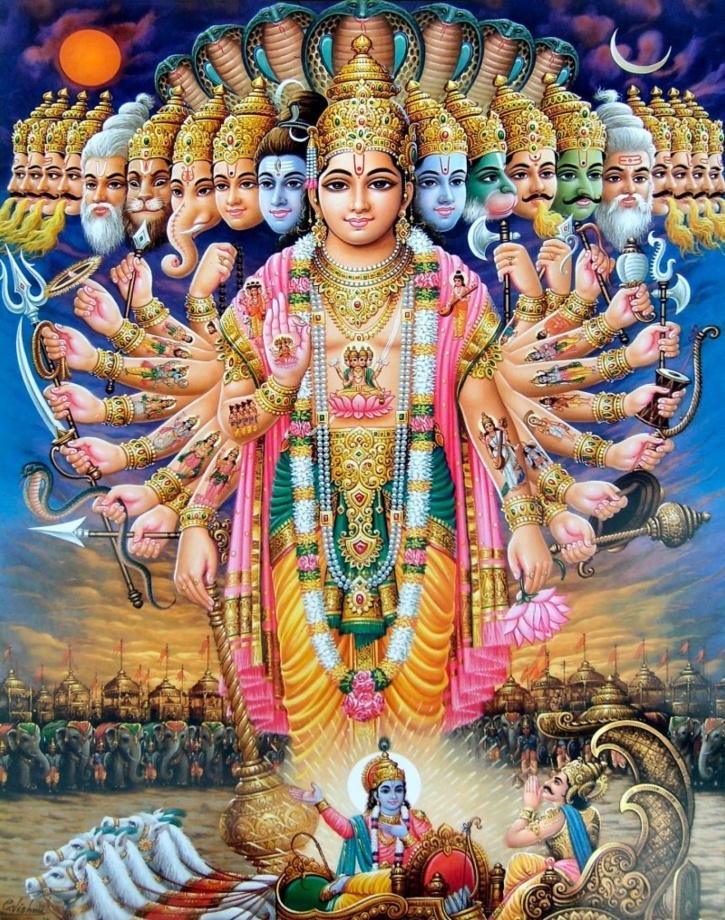
These Hinduism Facts Will Blow Your Mind!
trimurti, in Hinduism, triad of the three gods Brahma, Vishnu, and Shiva. The concept was known at least by the time of Kalidasa 's poem Kumarasambhava ("Birth of the War God"; c. 4th-5th century ce ). The trimurti collapses the three gods into a single form with three faces. Each god is in charge of one aspect of creation, with Brahma.
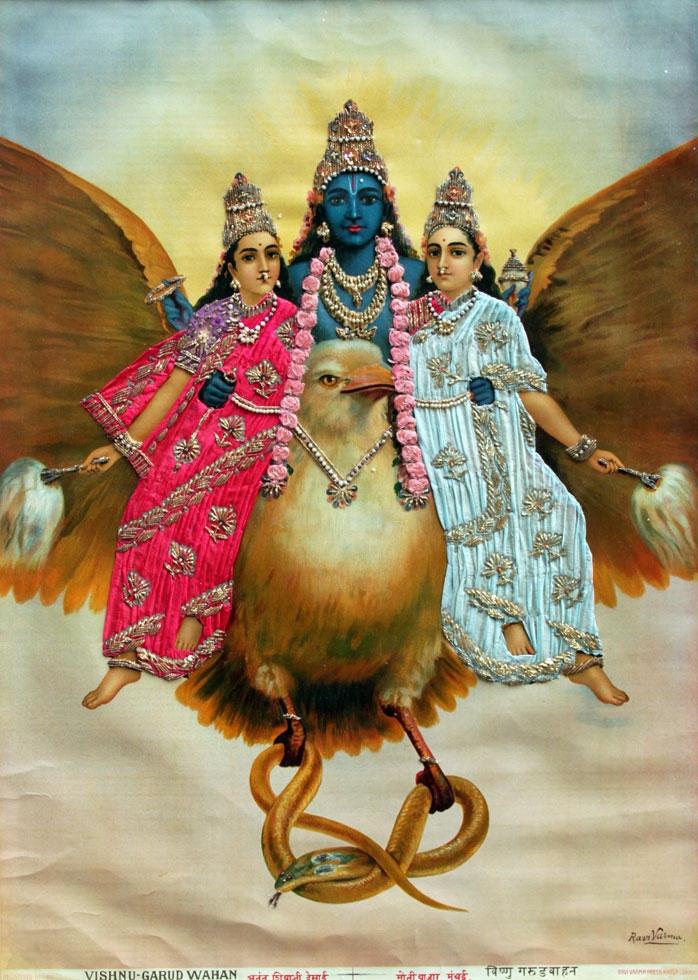
Transcendent Deities of India The Everyday Occurrence of the Divine
Courses on Khan Academy are always 100% free. Start practicing—and saving your progress—now: https://www.khanacademy.org/humanities/world-history/ancient-me.
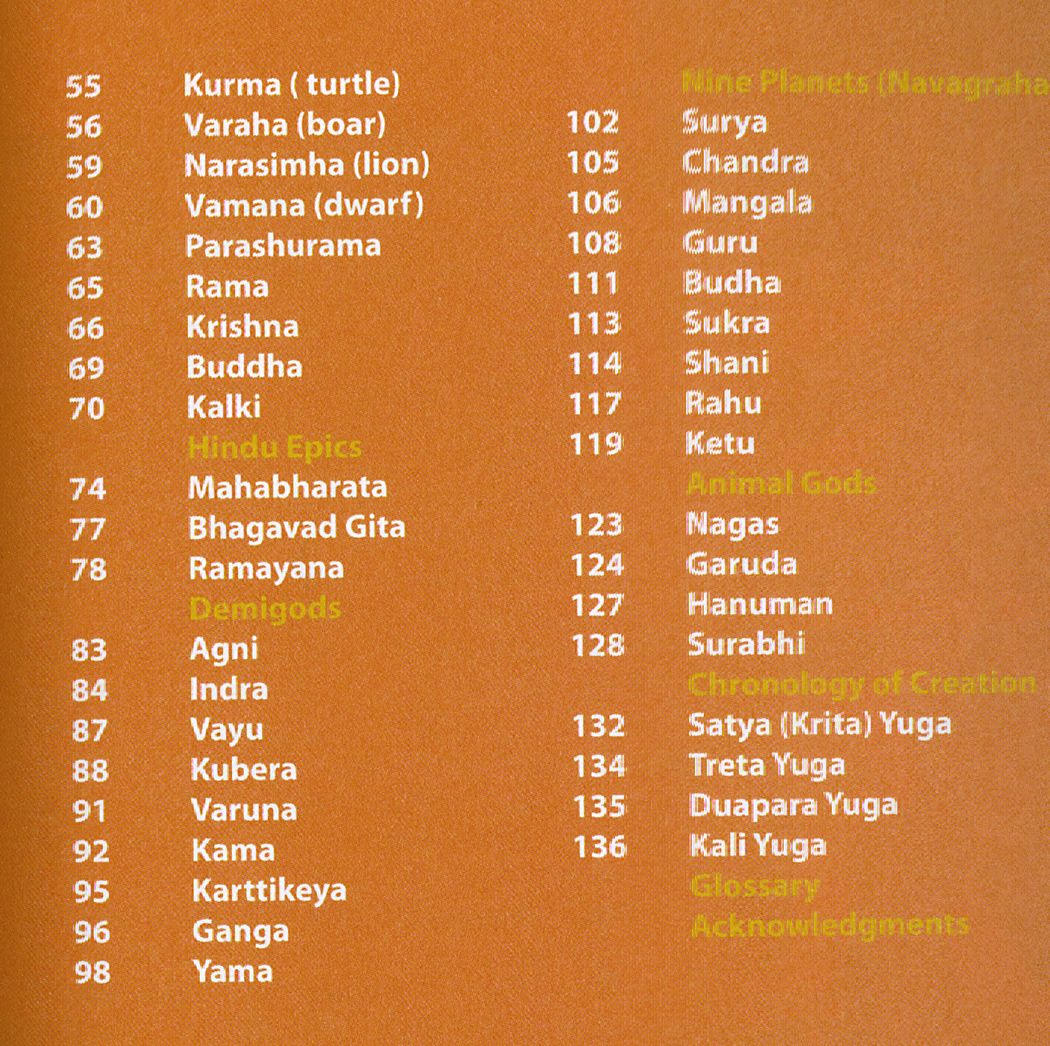
The Little Book of Hindu Deities
Hindupedia, the Hindu Encyclopedia, is devoted to educating the public about all aspects of Hinduism ranging from history and philosophy to current events that impact Hindus. We are the only online Hindu encyclopedia that provides the public with a traditional perspective on our religion and way of life. There are 6,094 articles on Hindupedia.

Set of 4 Hindu Deity Posters
Hinduism is a monotheistic religion which believes that God manifests Himself or Herself in several forms. One is supposed to worship the form that is most appealing to the individual without being disrespectful to other forms of worship. Although the specific details of ritual action and the names and appearances of deities vary vastly across.
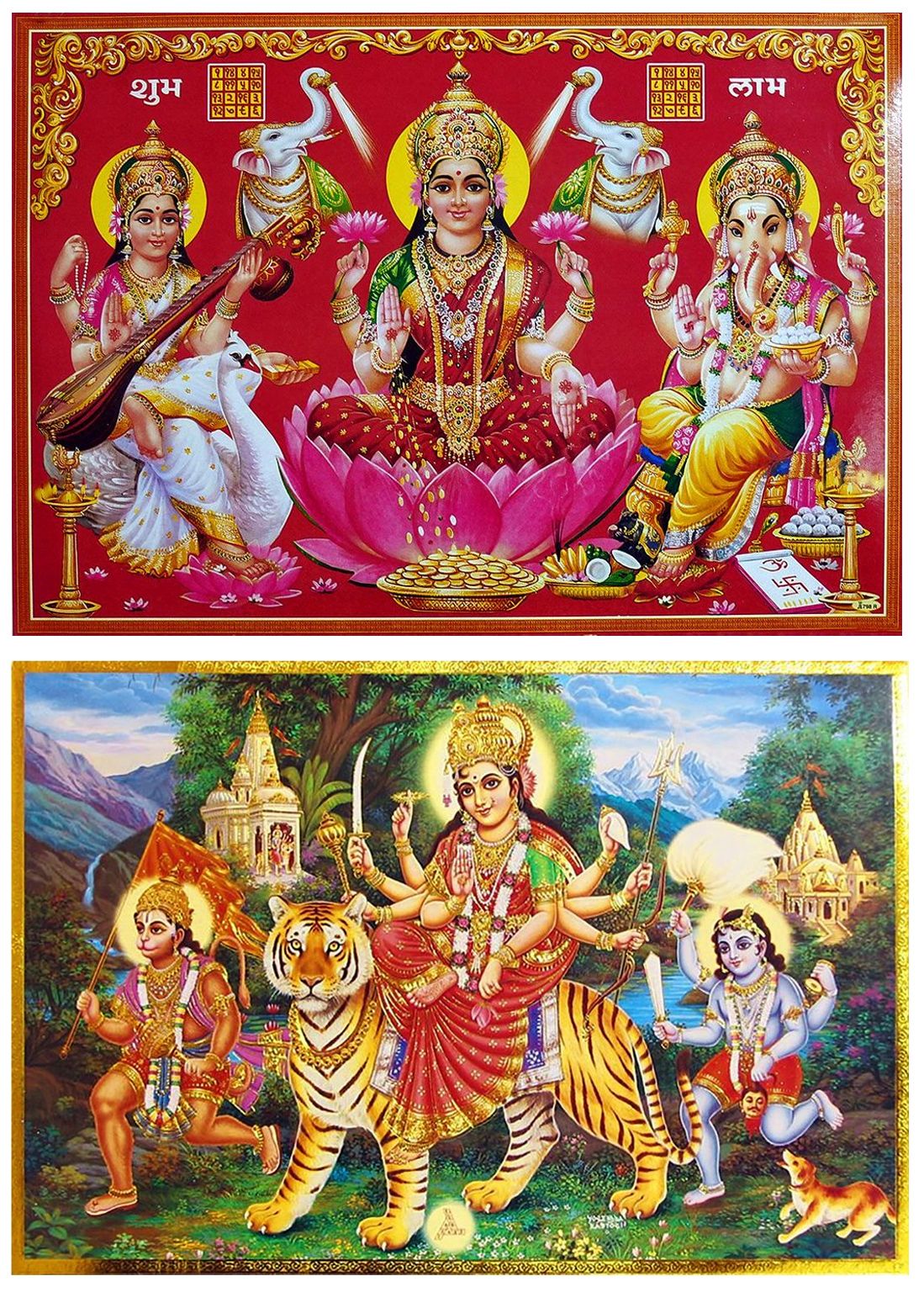
Hindu Deities Set of 2 Posters
The Trimurti are the most prominent deities of contemporary Hinduism. This consists of Brahma - the Creator, Vishnu - the Preserver, and Shiva - the Destroyer. Their feminine counterparts are Saraswati - the wife of Brahma, Lakshmi - the wife of Vishnu, and Parvati (or Durga )- the wife of Shiva. Statue of Brahma.
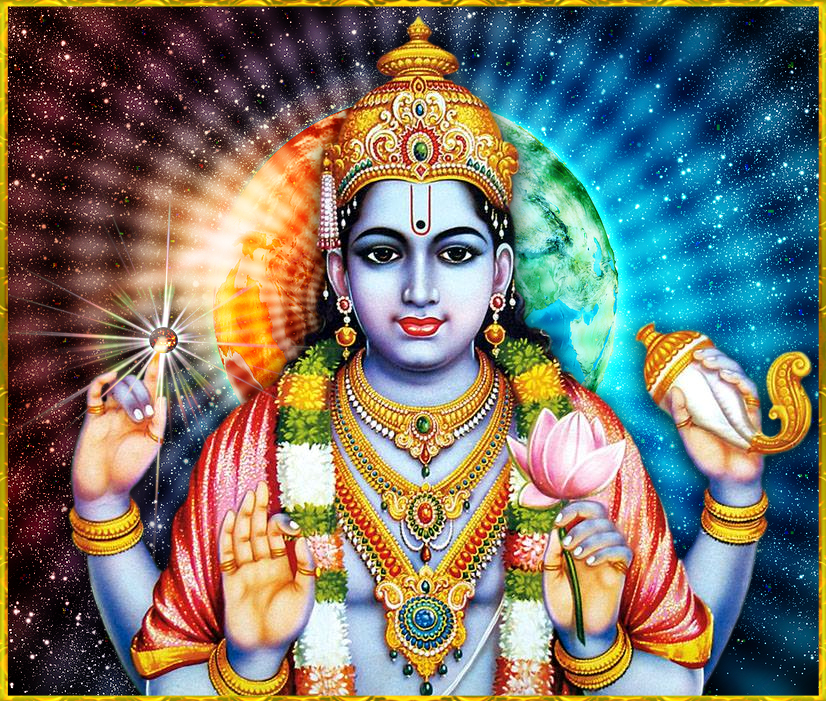
Secrets of Beings The Avatars of Vishnu HuffPost
Hinduism is one of the world's oldest religions. It has complex roots, and involves a vast array of practices and a host of deities. Its plethora of forms and beliefs reflects the tremendous diversity of India, where most of its one billion followers reside. Hinduism is more than a religion. It is a culture, a way of life, and a code of behavior.

How To Photograph Hindu Deities The Picture Show NPR
Hinduism - Beliefs, Gods, Dharma: Generally speaking, Vedic gods share many characteristics: several of them (Indra, Varuna, Vishnu) are said to have created the universe, set the sun in the sky, and propped apart heaven and earth. All the gods are susceptible to human praise. Some major gods were clearly personifications of natural phenomena, and these deities assumed no clearly delineated.
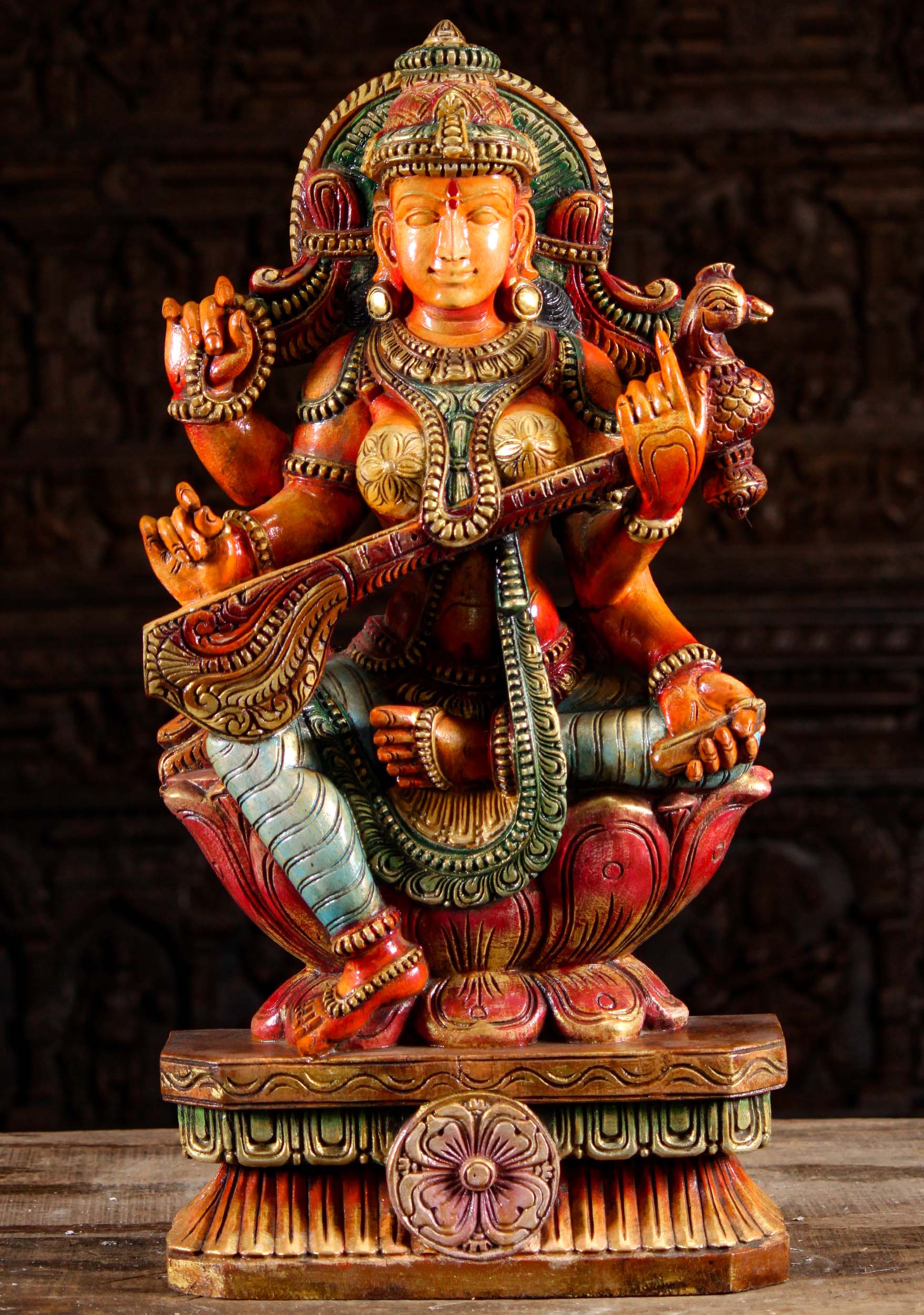
SOLD Wooden Hindu Goddess Saraswati Statue Hand Carved by the Artists
READ: Hinduism. Google Classroom. The Hindu belief system developed over hundreds of years through the intellectual work of Brahmins and the practices and ideas of millions of practitioners. About a billion people follow this faith today, mostly in South Asia. The article below uses "Three Close Reads".
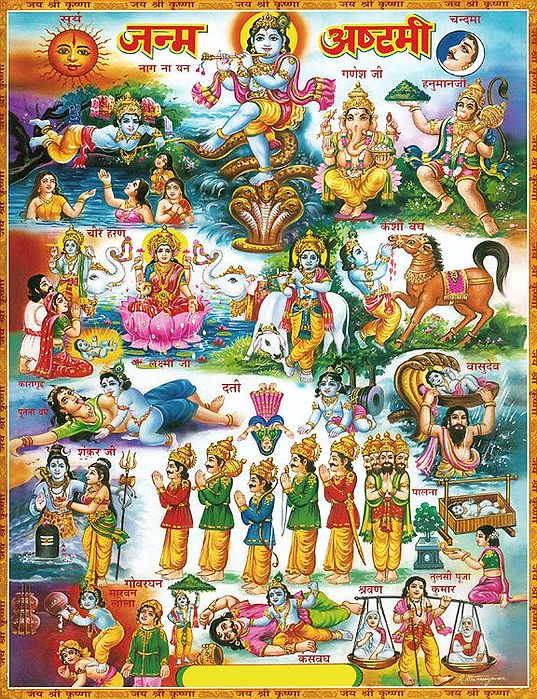
Hindu Deities
(mystical music) - [Instructor] Hindu temples can be seen throughout the villages, towns, and cities of India. A temple can be a simple structure by the side of the road or an entire complex of buildings. Regardless of its size, the Hindu temple is essentially a dwelling place for the gods.

Hindu Deities Set of 4 Posters
In Hinduism, the concept of God varies in its diverse religio-philosophical traditions. Hinduism comprises a wide range of beliefs about God and Divinity, such as henotheism, monotheism, polytheism, panentheism, pantheism, pandeism, monism, agnosticism, atheism, and nontheism. Forms of theism find mention in the Bhagavad Gita. Emotional or loving devotion (bhakti) to a primary god such as.
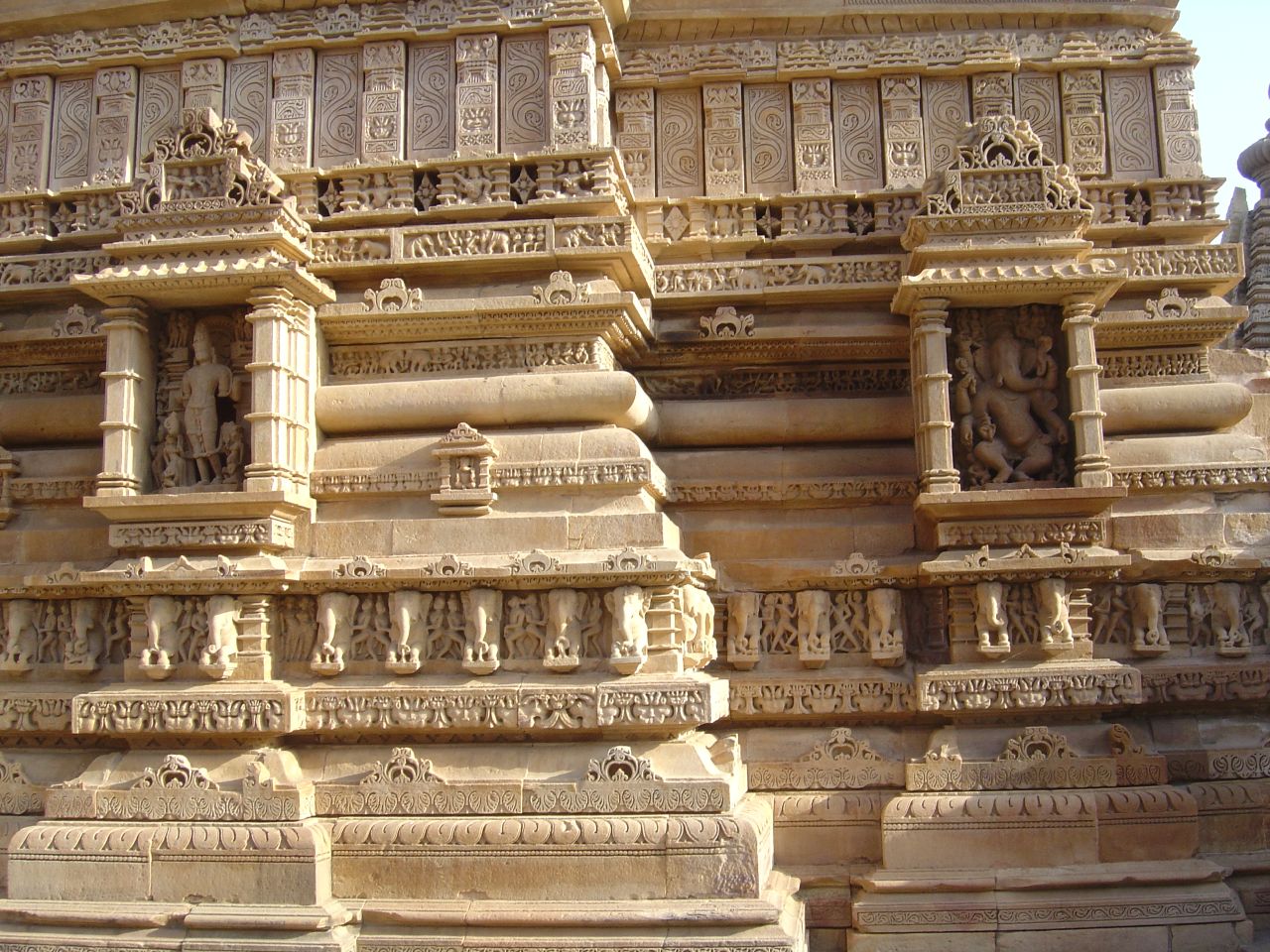
Sacred space and symbolic form at Lakshmana Temple, Khajuraho (India
Video transcript. - [Instructor] Hinduism is often known for its large and complex pantheon of gods. The goal of this video is to give an overview of them and to think about how they are connected, and how they are perceived. So the Hindu Trinity, as it is often called, is made up of Shiva, Vishnu and Brahma.